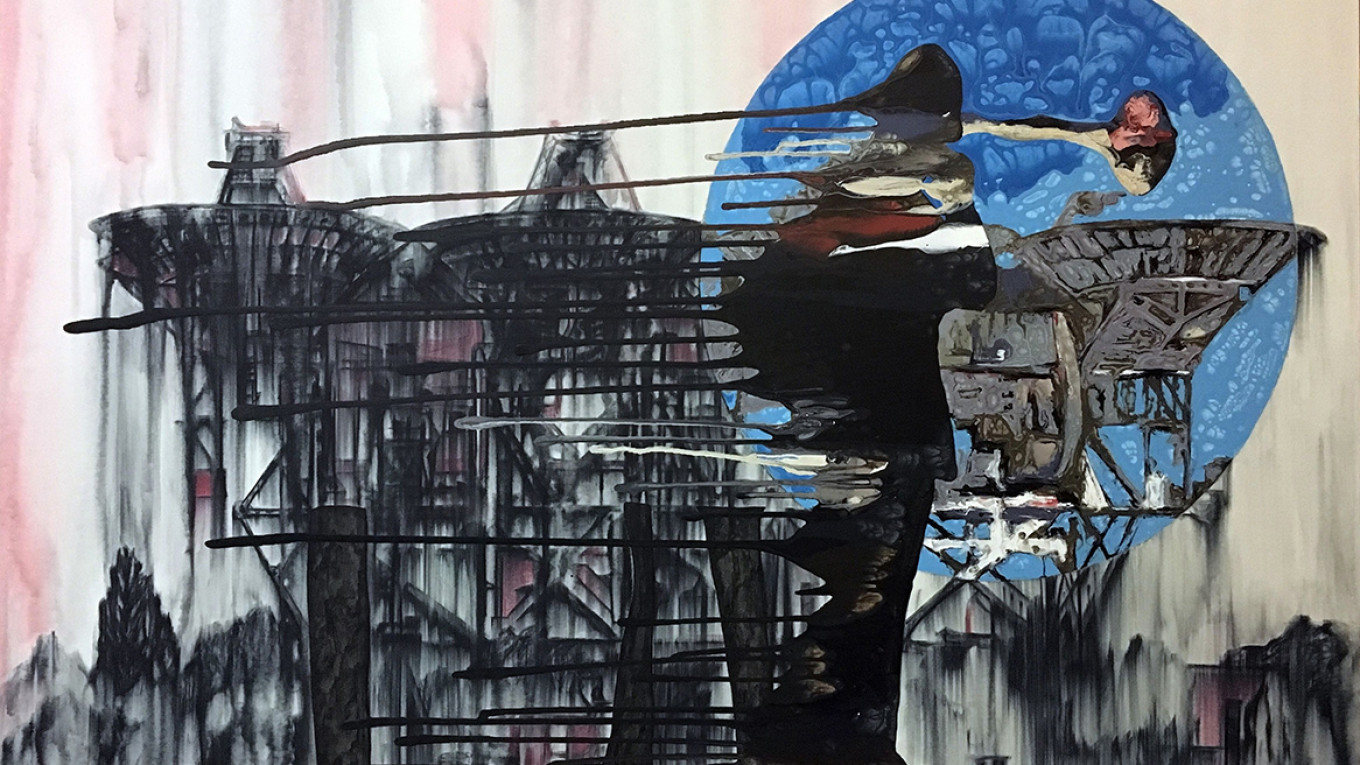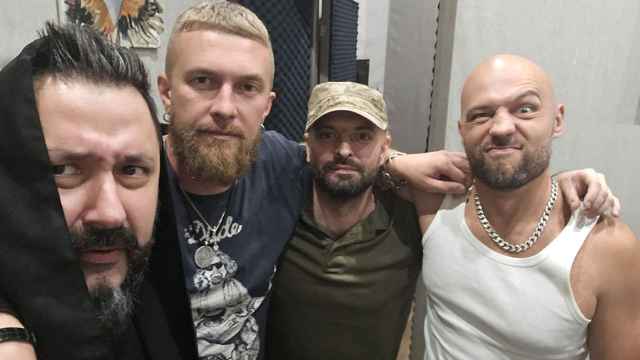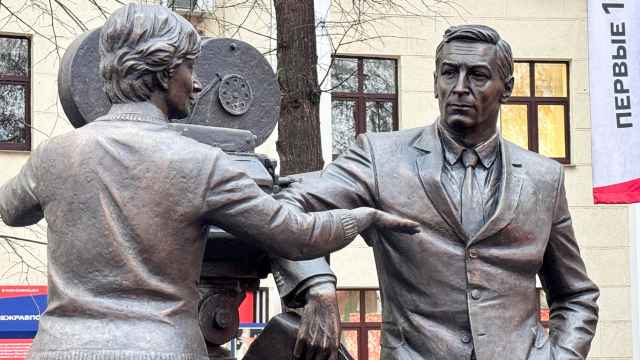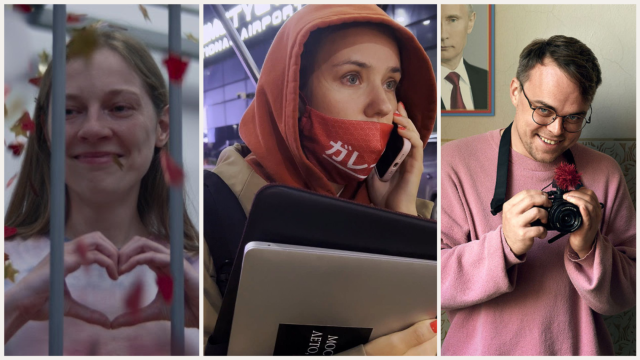New materials meet new technology, street art and personal dreams at the new exhibition at the State Russian Museum devoted — for the first time in its history — exclusively to the works of Gen Y artists.
Called “Millennials in Contemporary Russian Art” and hosted by the museum’s Marble Palace, the exhibition is an attempt to create a collective creative portrait of a generation. On display are works by more than 40 St. Petersburg artists made in various techniques and different genres, from painting and sculpture to installations, graffiti and videos.
The names of many of the artists are well known to the public in St. Petersburg. Works of Pokras Lampas, Asya Marakulina, Maksim Ima, Antonina Fatkhullina, Konstantin Reshentikov, Ivan Tuzov, Yegor Kraft have been displayed in a number of galleries in the norther capital and far beyond.
The exhibition in the Marble Palace has no special theme. Instead, the curators have selected three trends that they have identified with Gen Y artists: bold experiments with new materials and new technology; reflection on deeply personal memories, dreams or fears; and installations of visual art in public locations to increase public visibility and get closer to their audience.
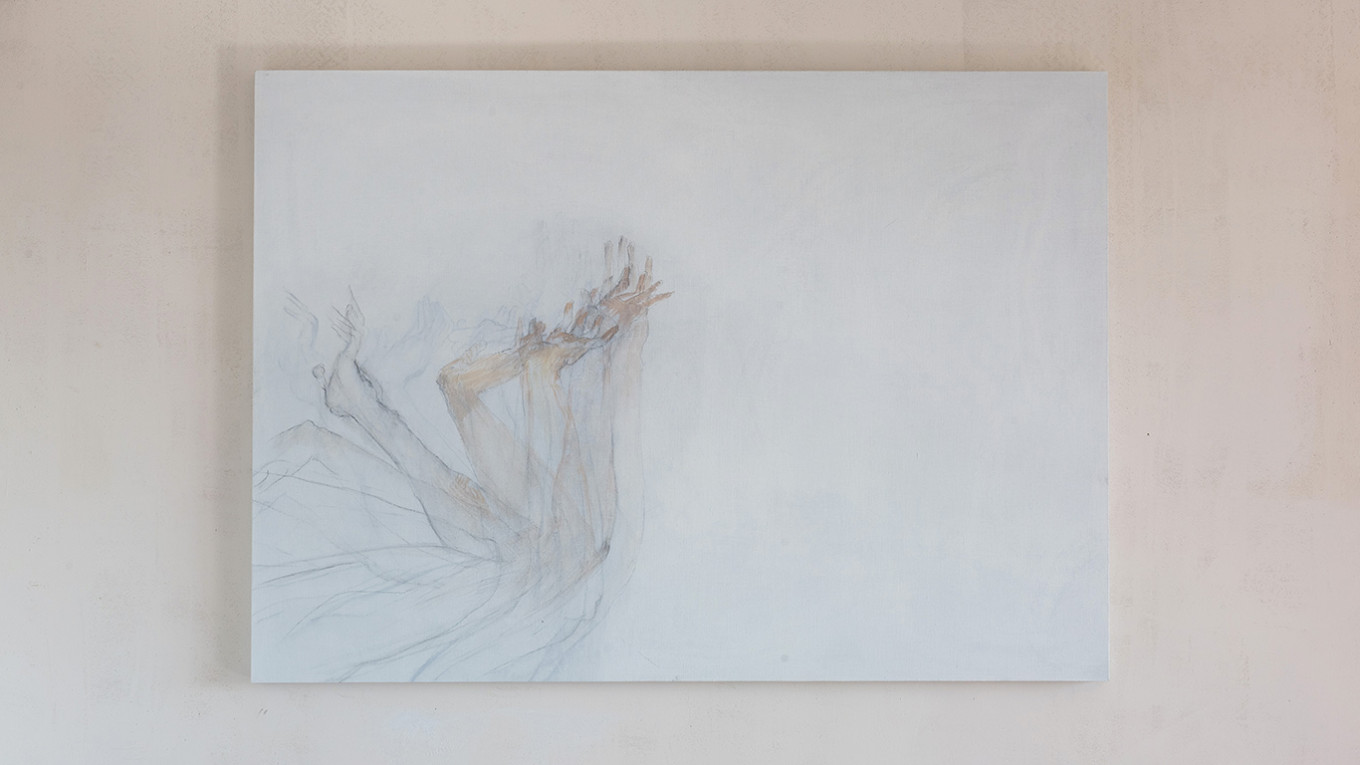
“This generation — the 30-year-olds — is perhaps the most difficult to fit into any formal category,” said Alexander Borovsky, head of the Newest Trends Department of the State Russian Museum. “Like no other, this generation uses an immense diversity of methods, topics, styles and genres,” he told The Moscow Times. “When the Russian Museum opened our department and we started working with contemporary art, the museum was everything to the artists — gallery, critic, police and fairy godmother all in one. At that time there was no infrastructure, no private galleries, and no competent and professional curators. Things are very different today,” he added.
A perhaps unexpected aspect of the show is that there are virtually no references to current affairs, from gender issues to social ailments and politics. “This is deliberate. The curators wanted to showcase talent and creativity in their pure forms, and socially or politically charged art is simply a different matter,” Borovsky said.
The millennial artists typically experiment with new materials. “The Union of Earth and Air” by Antonina Fatkhullina is a striking sculpture, where round ceramic shapes are in bold contrast to angular metal wire. Alexander Paramonov uses embroidery for his piece. Ivan Tuzov created a mosaic panel, but his fine academic technique is lightened by the subject: Mickey Mouse and Cheburashka. Konstantin Reshetnikov produced “vegetable” bullet shells in the shape of garlic and radishes on a turning and milling machine.
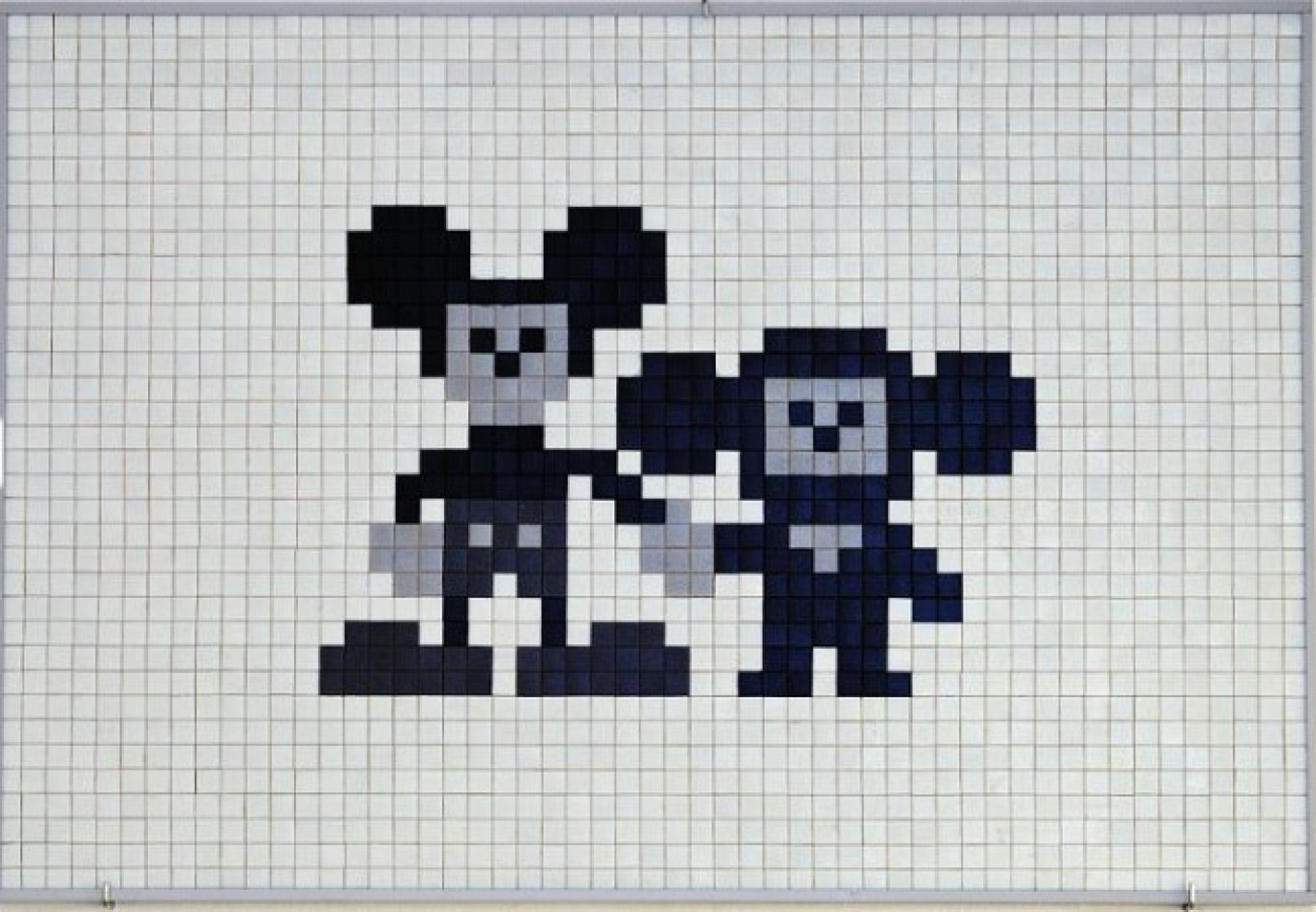
The exhibition has already made history: for the first time in the history of the State Russian Museum, the curator entering descriptions of the artworks into the museum’s database had to enter a number of new materials.
New technology is also prominent at the exhibition, albeit with a particular generational angle. “You need to remember that millennials still remember a dial rotary telephone from their childhood, and they were being introduced to digital technology and the internet during their teens and later,” curator Maria Saltanova told The Moscow Times. “They can see the world through an offline and an online lens, which means there is a certain duality of thinking… say, using a computer program and then adding emotion.”
For example, in her graphic works Alyona Tereshko sensuously explored the movements of her own body. Asya Marakulina created a nostalgic variation of a school dress of her own making, with “Well done! You get a 5!” embroidered in red on the chest. The phrase, a teacher’s compliment on the top mark, is familiar to many generations of Soviet-born schoolchildren.
Ivan Plushch’s painting, titled “Immortality No.5,” is part of his Immortality Promise series, where he ponders the eternal subject of everlasting life. “People have been dreaming of immortality and longevity for as long as humankind has existed, but now it feels like we are on the brink of a scientific breakthrough which would make it real — or almost real,” the artist said. “The blue egg on the painting is a symbol of a comfort zone, perhaps a virtual one, where a person can obtain a certain degree of immortality. The surrounding industrial landscape is sobering reality that we all melt into and that we need to protect ourselves from.”
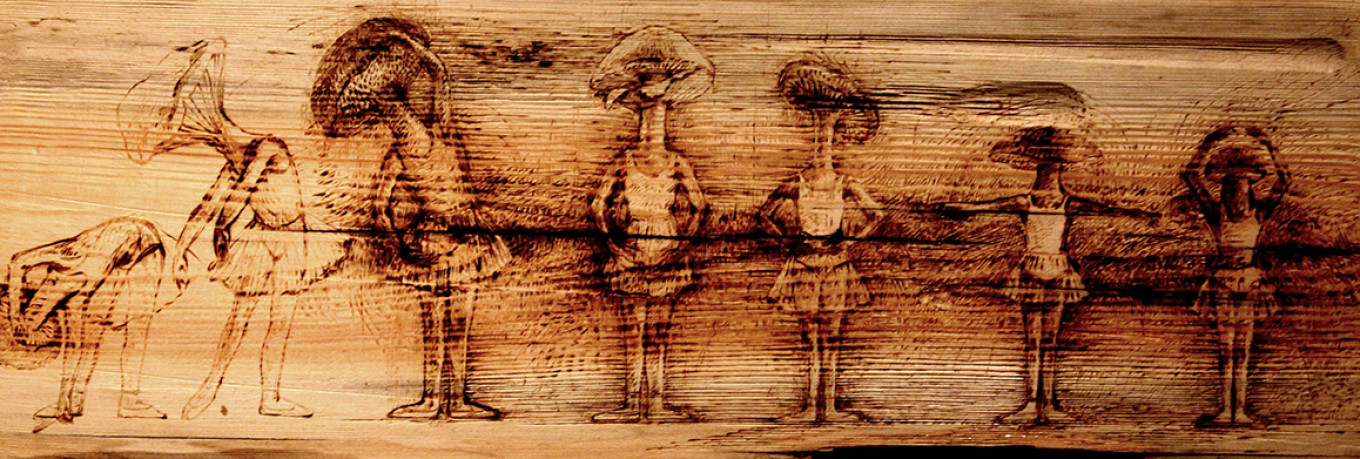
Pokras Lampas, who throws a bridge between modern calligraphy and street art, is one of the biggest names at the exhibition. He said that the new technology is becoming increasingly important for his art. “I spent the winter researching new technology, in particular — neural networks,” Pokras Lampas said. “My coach and mentor is no longer another artist, it is a faceless computer program, and inspiration comes from digital calculations.”
Although two works were done especially for the show, Saltanova said they did not commission anything for a good reason. “We wanted to showcase trends in their natural forms, rather than asking the artists to illustrate a topic or method for us,” she said. “That way we’d risk giving the show the feel of a studio display. A museum is a breathing institution, and it should be able to transform itself to stay contemporary.”
The exhibition will run until June 14. For more information, see the museum site here.
A Message from The Moscow Times:
Dear readers,
We are facing unprecedented challenges. Russia's Prosecutor General's Office has designated The Moscow Times as an "undesirable" organization, criminalizing our work and putting our staff at risk of prosecution. This follows our earlier unjust labeling as a "foreign agent."
These actions are direct attempts to silence independent journalism in Russia. The authorities claim our work "discredits the decisions of the Russian leadership." We see things differently: we strive to provide accurate, unbiased reporting on Russia.
We, the journalists of The Moscow Times, refuse to be silenced. But to continue our work, we need your help.
Your support, no matter how small, makes a world of difference. If you can, please support us monthly starting from just $2. It's quick to set up, and every contribution makes a significant impact.
By supporting The Moscow Times, you're defending open, independent journalism in the face of repression. Thank you for standing with us.
Remind me later.


